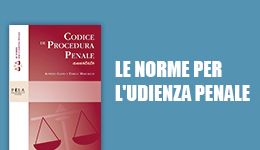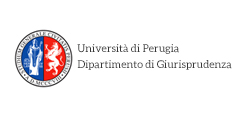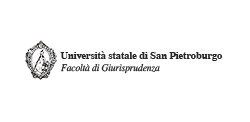Sul controverso confine tra incidente d’esecuzione e rescissione del giudicato
Archivio Penale
© dell'autore 2021
Ricevuto: 07 May 2021
| Accettato: 14 May 2021
| Pubblicato: 18 May 2021
L’intero articolo è disponibile
Riassunto
Con la decisione in esame, la Suprema Corte, a Sezioni unite, affronta il controverso tema del rapporto tra incidente di esecuzione e rescissione del giudicato, definendone il rispettivo spettro di operatività, con riguardo a patologie concernenti l’effettiva partecipazione al giudizio dell’imputato. In particolare, la Suprema Corte individua nella separazione funzionale delle fasi – cognizione ed esecuzione – lo spartiacque in parola: in altri termini, con l’incidente di esecuzione non potrebbero essere dedotte invalidità originate nella fase di cognizione, in relazione alle quali opererebbe invece il diverso rimedio della rescissione. Constatato che il quadro normativo al riguardo – complice i ripetuti interventi di rinovellazione – presenta non poche incoerenze, l’Autore conviene, in linea di principio, sulla razionalità della posizione espressa dalle Sezioni unite, auspicando tuttavia un intervento di respiro organico in sede legislativa.
On the controversial boundary between the execution accident and the rescission of the res judicata
With the decision at hand, the Supreme Court, at United Sections, addresses the controversial issue of the relationship between the incident of execution and termination of the res judicata, defining the respective spectrum of operations, with regard to pathologies concerning the effective participation in the judgment of the accused. In particular, the Supreme Court identifies in the functional separation of the phases - cognition and execution - the watershed in question: in other words, with the incident of execution, invalidity originating in the cognition phase could not be deduced, in relation to which the different remedy for termination. Having found that the regulatory framework in this regard - thanks to the repeated reform work - has many inconsistencies, the Author agrees, in principle, on the rationality of the position expressed by the United Sections, however hoping for a resolving intervention in the legislative context.
Percorso di valutazione
Peer reviewed. Certificazione della qualità











